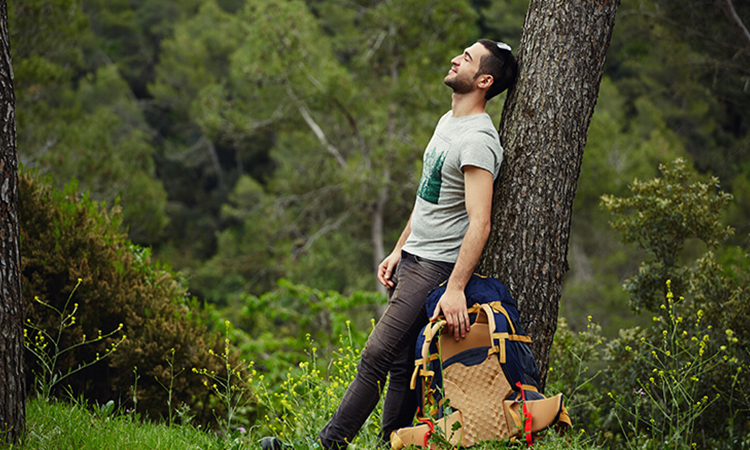
Complementary therapies are those that don’t fall into the mainstream, but which have been shown to be effective for treating addiction when used along with traditional therapies like cognitive-behavioral therapy.
The Substance Abuse and Mental Health Services Administration stresses that a holistic approach to treatment that includes complementary therapies offers the best treatment outcomes.1 That’s because there is no single pathway to recovery, and approaching recovery from a perspective of improving mind, body and spirit ensures whole-person healing.
Here are some research-based complementary therapies that you may not have heard of but which can add another dimension to your recovery journey.
Adventure Therapy
Adventure therapy is a complementary therapy that takes place outdoors. Adventure therapy may involve camping, hiking, caving, kayaking or any number of other wilderness activities.
The natural environment in which adventure therapy takes place is part of the therapy, because it inspires self-reflection, motivation, hope and a sense of belonging. Cooperative tasks help individuals develop personal accountability and trust in others, and it builds decision-making, problem-solving and social skills.
A study published in the Journal of Substance Abuse Treatment found that adventure therapy helps reduce the risk of relapse, and it can effectively reduce cravings.2 It also reduces the frequency of negative thoughts and improves engagement in treatment.
Biofeedback Therapy
Biofeedback therapy is all about helping you consciously reduce your body’s response to stress, such as your blood pressure, heart rate and muscle tension. Stress in recovery is a major trigger for relapse, and learning to control your stress response can help you stay sober for the long-term.
During biofeedback therapy, you’re hooked up to a monitor that displays essential body functions. The therapist teaches you relaxation techniques, such as deep breathing, visualization and progressive relaxation.
As you perform these techniques, you can watch your body’s functions change. Your heart rate and blood pressure go down, your muscle tension relaxes, your body temperature lowers. Biofeedback increases psychological confidence, and using the techniques you learn helps to reduce cravings, negative thoughts and other triggers for relapse.
Horticultural Therapy
Like adventure therapy, horticultural therapy takes place outdoors, but rather than interacting with the wilderness, you’re working in the garden. Horticultural therapy helps individuals make connections between nurturing plants and their own experiences. Numerous studies have shown the benefits of this therapy, which include:
- Healthier interpersonal relationships
- Improved self-awareness
- Improved mood
- Improved planning and decision-making skills
- Reduced negative emotions
- Opportunities for creativity and self-expression
- Lower stress levels
Horticultural therapy engages people in a number of gardening activities that serve as a metaphor for nurturing your own growth and improving your life.
Complementary Therapies Are an Essential Part of a Holistic Treatment Program
Complementary therapies that are part of a holistic treatment program help individuals look at old problems in new ways, synthesize past experiences and express difficult emotions. As part of a high-quality treatment program, complementary therapies can help you improve many areas of your life by rekindling passion, fostering personal growth and instilling hope for the future.
References:
- https://store.samhsa.gov/shin/content/PEP12-RECDEF/PEP12-RECDEF.pdf
- http://www.ncbi.nlm.nih.gov/pubmed/9751006